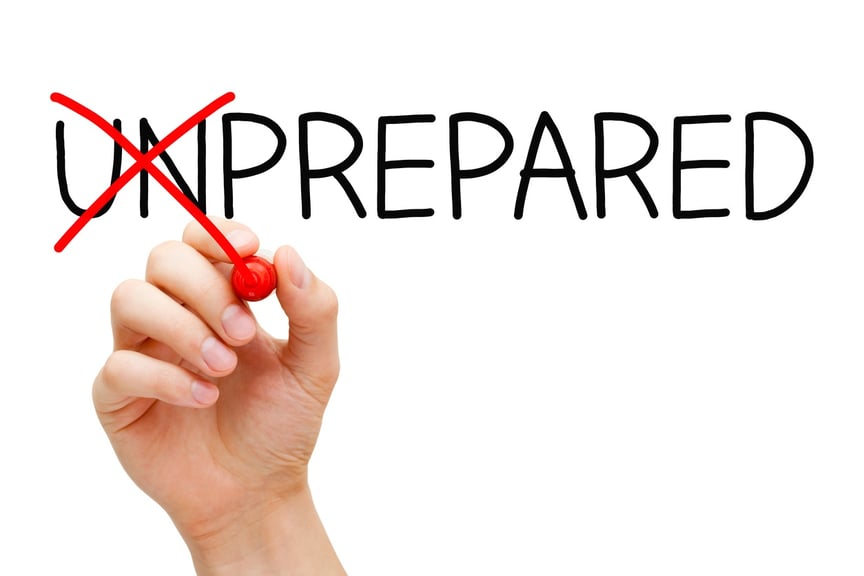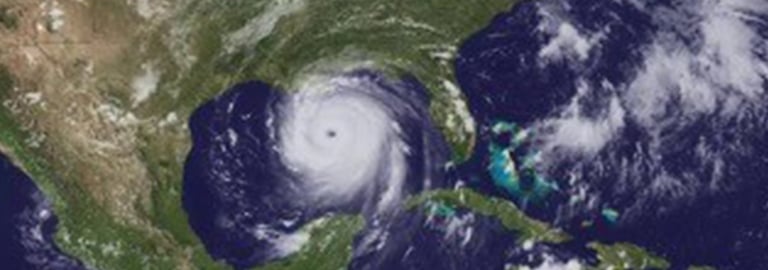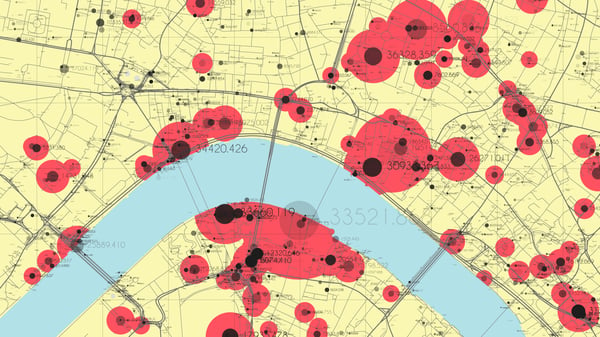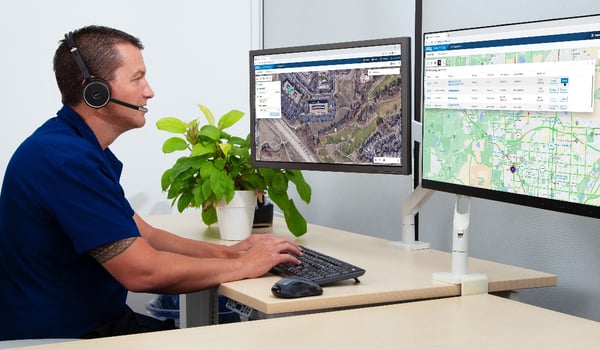4 Must-have Data Points for Dispatch-Billing Alignment and Maximum Reimbursement
September Roundup: Leverage These Tips & Tools to Prepare for a Disaster in Your Community
EMS systems and providers are an integral component of each state’s emergency response system and are also a critical element of our nation’s disaster and mass casualty response infrastructure, according to the NAEMT
Was this information valuable?

EMS systems and providers are an integral component of each state’s emergency response system and are also a critical element of our nation’s disaster and mass casualty response infrastructure, according to the NAEMT. During National Preparedness Month, we focused the content in the ZOLL Pulse Blog around how your EMS agency can best plan ahead to maintain operations from dispatch to discharge in the event of one of these circumstances.
Even without a network connection it’s essential to be able to document a patient’s condition, upload vital signs from medical devices and quickly note any treatments performed, according to ZOLL’s John Whannel. “It’s also critical for clinicians to have easy access to their medical protocols during these unusual and high stress incidents to help reduce anxiety and ensure high-quality care. Because the medic may be treating multiple patients at the scene they’ll also need to quickly switch from one patient’s record to another,” he said. “Although electronically transmitting this information may not be possible during the incident, continuing to document effectively will ensure accurate data is available to downstream providers and to each patient’s medical record.”
What about billing? “Billing should never be a consideration when dealing with a critical incident,” said Maggie Adams with EMS Financial. “Provider’s hands will be full responding to the matter at hand. In the aftermath if the crews document the event thoroughly, describing their interactions with patients in detail, they will provide a record by which other providers can learn from their experience with the crisis. A bonus from their documentation will be that information needed for billing will be available assuring that billing has what they need to obtain reimbursement for the response.”
For more tips and tools, check out the following roundup to see what you may have missed in September.
What Happens to Your EMS Operations When Disasters Strike?

While writing this blog, Hurricane Harvey has been dropping several feet, not inches, of rain on the Southern Texas and the surrounding Houston areas. I urge you to prepare for both your immediate safety and the recovery through these events. Don’t know where to begin? As someone who has experienced five catastrophic events as AAA Ambulance Service’s chief of information technology and communications, I can’t stress enough how important it is to plan, test and test again.
Create Contingencies to Ensure Sustainability of A/R Operations
 Disasters occur routinely in our business and come in all shapes and sizes. Unfortunately, disasters with your accounts receivable could be devastating to your agency and impact your ability to care for your community. In the wake of recent hurricanes, tornados and flooding, EMS agencies should be prepared for alternate arrangements to ensure sustainability of operations in contingencies of their accounts receivable.
Disasters occur routinely in our business and come in all shapes and sizes. Unfortunately, disasters with your accounts receivable could be devastating to your agency and impact your ability to care for your community. In the wake of recent hurricanes, tornados and flooding, EMS agencies should be prepared for alternate arrangements to ensure sustainability of operations in contingencies of their accounts receivable.
3 Simple Countermeasures to Sustain Effective Documentation & Reimbursement during a Major Incident
 In the event of a prolonged interruption in power, whether due to a natural disaster or a manmade incident, EMS agencies may find themselves unable to document their responses at the time when the demand for their service is the greatest. In the midst of such an event, EMS leaders may neglect documentation to focus on other pressing operational needs. This is understandable, but it nevertheless incurs avoidable legal and financial risk to the agency. A robust contingency plan for documentation should be part of every agency’s all-hazards preparedness.
In the event of a prolonged interruption in power, whether due to a natural disaster or a manmade incident, EMS agencies may find themselves unable to document their responses at the time when the demand for their service is the greatest. In the midst of such an event, EMS leaders may neglect documentation to focus on other pressing operational needs. This is understandable, but it nevertheless incurs avoidable legal and financial risk to the agency. A robust contingency plan for documentation should be part of every agency’s all-hazards preparedness.
NAEMT Report Examines EMS Preparedness & Training
 Our communities expect EMS agencies to be ready to take care of patients 24/7 in the event of a man-made or natural disaster, which can range from active shooters, train derailments, plane and bus crashes, and chemical/biological/pandemic events to floods, hurricanes, earthquakes and tornadoes. The question is, are most agencies adequately prepared? The 2017 NAEMT Report on EMS Preparedness for Disaster & Mass Casualty Incident Response released in May addresses this important question. The following is a synopsis of the report’s goals, key findings and conclusion.
Our communities expect EMS agencies to be ready to take care of patients 24/7 in the event of a man-made or natural disaster, which can range from active shooters, train derailments, plane and bus crashes, and chemical/biological/pandemic events to floods, hurricanes, earthquakes and tornadoes. The question is, are most agencies adequately prepared? The 2017 NAEMT Report on EMS Preparedness for Disaster & Mass Casualty Incident Response released in May addresses this important question. The following is a synopsis of the report’s goals, key findings and conclusion.
Related Posts
How EMS Agencies Can Reframe Need and Refocus Resources With Geospatial Analytics
How To Minimize Radio Chatter and Reduce Guesswork With Smarter Dispatch Resource Management
ZOLL Pulse Blog
Subscribe to our blog and receive quality content that makes your job as an EMS & fire, hospital, or AR professional easier.
ZOLL Pulse Blog
Subscribe to our blog and receive quality content that makes your job as an EMS, fire, hospital, or AR professional easier.




